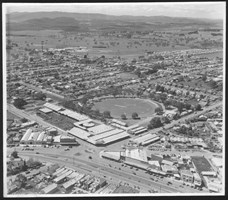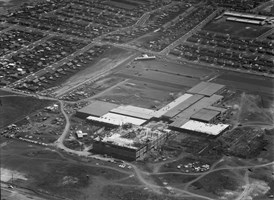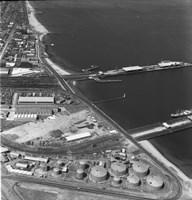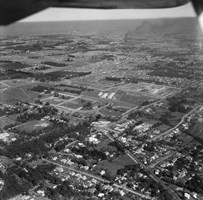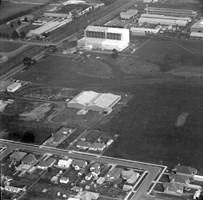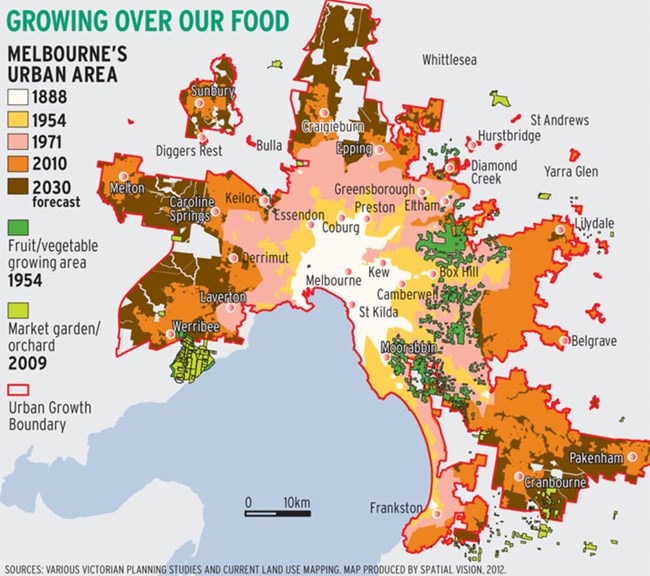Further learning
Apply your learnings to project style activities.
After the kit has been sent back there is an opportunity to apply what the students have learnt from the artefacts and discussions in project style activities.
Fieldwork is an important aspect of geographical investigation and learning and provides a wonderful opportunity for students to engage with key skills, curriculum knowledge and their broader community. Activity 1 and 2 both offer opportunities for students to learn outside the classroom and critically reflect on their learning.
- Discuss the geographical characteristics of these places.
- Using Google Time lapse, observe the change over time in these places.
- Fill in the following table:
Data source: Victoria in Future 2019 (Victorian State Government)
- Using PQE describe the change over time in Melbourne’s population
- What is meant by ‘Greater Melbourne’ and ‘Regional Melbourne’?
- Which region is expected to grow most? Why do you think that it?
- Define the term ‘urban sprawl’.
- In groups, identify how urbanisation has impacted people and place.
- How has urbanisation changed landscapes?
- How has urbanisation improved liveability for some regions?
- How has urbanisation decreased liveability in some regions?
- Extend students by considering how urbanisation has made us more reliant on rural communities and global supply chains for food, or how urbanisation has changed our consumption rates of resources.
Watch: Melbourne’s foodbowl and the impacts of urban sprawl (Melbourne University)
- Describe what is meant by a ‘green wedge’.
- Why is urban sprawl ‘bad’?
- Discuss how increased population numbers has impacted:
- Resources
- Value of land
- Sense of place
- Pressure on the urban fringe
Access: Foodprint Melbourne project - map of Melbourne's foodbowl
- Discuss the importance of GIS and spatial technology for planning and managing population growth
- Outline what is meant by the term ‘layer’ and ‘legend’ and the benefits of these map characteristics.
Further GIS activities and support for teachers: Working with GIS Layers
- Ask students to click around the map, turn layers on and off and write down any questions they have about the map.
- After exploring discuss the following questions in small groups and share as a class:
- How has the use of land changed?
- How might changing populations put pressure on farmers?
- How does reducing the extent of agricultural land result in lower food security?
- How will lower food security impact liveability and sustainability?
- Predict the changing needs of the community as Victoria’s population increases.
- How might increasing rates of urbanisation impact the following:
- Access and movement of water
- Climate
- Landscape management
- Consumption of resources
- Ability to access facilities, services and infrastructure
Further liveability resources for Melbourne: Liveability and quality of life (City of Melbourne)
As our population continues to grow and more people choose to live on the urban fringe, brainstorm the changing needs of urban and regional communities.
COVID-19 food insecurity sees backyard veggie patches and community gardens boom (ABC News)
An example of a Victorian urban garden: 3000acres update on Fitzroy urban oasis (VicHealth)
Consider how having access to local, healthy produce could improve liveability for Victorians. Taking into account the ideas you raised in your brainstorm and the importance of local, reliable, healthy and culturally appropriate food for communities, design an idealistic liveable space for an urban population.
Resources for inspiration and further extension
Infographic: A vision for a resilient city foodbowl for Melbourne (Univeristy of Melbourne)

